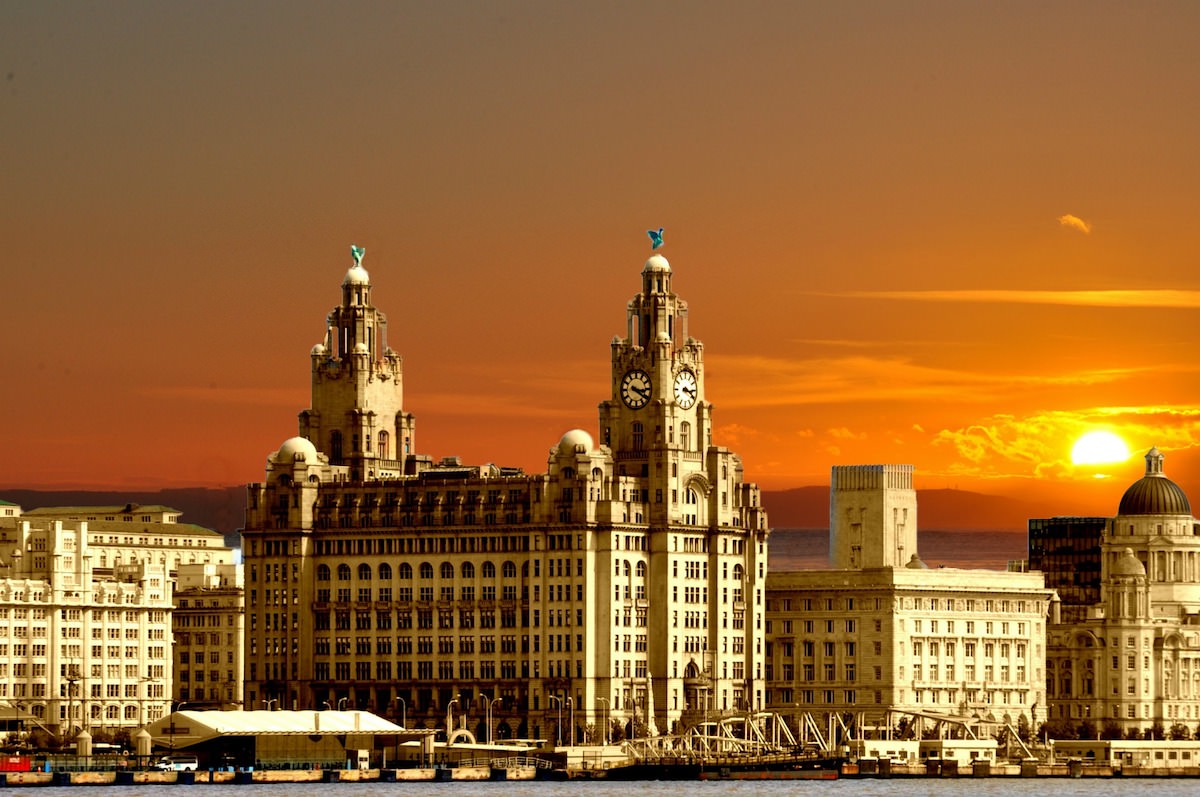
Client: CBRE
Location: The Liver Building
Project: Domestic Hot Water Decarbonisation
Project Manager: Phil Higham
The Liver Building on Liverpool’s historic waterfront, is often referred to as one of the ‘Three Graces’. Work began in 1908 and it became the purpose-built home of the Royal Liver Assurance group.
When it opened in 1911, it was described as Europe’s first skyscraper and one of the first buildings in the world built using reinforced concrete, With 15 floors and standing 322 feet tall to the top of the spires, and 167 feet to the main roof, it was quickly overtaken.
As part of an overall decarbonisation strategy, the Liver Building were looking at ways to move towards their net zero target.
A leaking gas fired water heater provided the opportunity to look at upgrading and electrifying the Domestic Hot Water provision throughout the building.
The initial specification was for a mild steel glass lined water heater, but soft water meant this was not possible. Here is a slightly technical explanation as to why this is the case.
“In environments where water is naturally soft such as Liverpool, even when sacrificial anodes are employed, glass-lined containers can quickly deteriorate due to severe corrosion. This is primarily attributed to the scarcity of dissolved metal ions in the exceptionally pure soft water, resulting in a diminished electrical conductivity that hampers the flow of electricity between the anode and cathode through the water.”
Our solution was a duplex stainless steel unit that does not suffer with this corrosion issue.
The project to replace the gas heaters was split into two phases. The first began by installing a new 500 litre electric water heater. The hot water is generated by 5 12Kw 3phase immersion elements on each cylinder.
A new 400 Amp power supply was installed in preparation for this project earlier in the year, and we were tasked designing and installing the new power distribution board cabling, cable management and BMS system to efficiently control and the immersions dependant on the demand requirements throughout each day and peak times.
And, once the system was tested and commissioned, the original leaking cylinder was removed.
Now we have redundancy in the system again, phase two can begin. This will see a third electric cylinder of the same specification installed, the other original gas heater removed and the BMS integrated with the main building BMS, so everything can be centrally monitored and controlled.
If you would like to discuss any of our services, please call 0151 343 1963 or complete the form below and we will be in touch shortly.